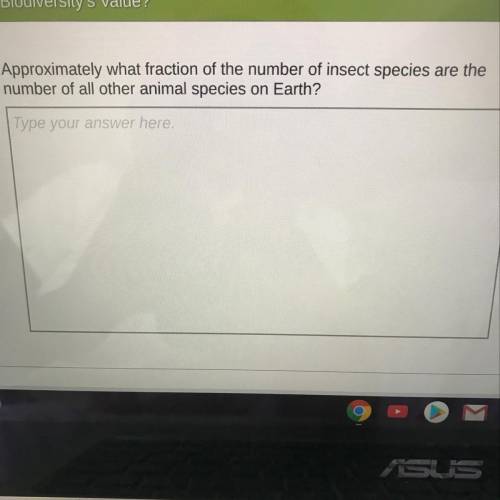The number of different species in an area is called the area’s biodiversity
One reason...

Biology, 14.04.2020 21:58 gonzalesalexiaouv1bg
The number of different species in an area is called the area’s biodiversity
One reason to preserve biodiversity is that wild organisms and ecosystems are a source of beauty and recreation. In addition, biodiversity has both economic value and ecological value within an ecosystem. Many plants, animals and other organisms are economically valuable to humans. Also, all the species in an ecosystem are connected to one another.
A keystone species is a species that influences the survival of many other species in an ecosystem.


Answers: 2


Other questions on the subject: Biology

Biology, 21.06.2019 21:00, shaonaworld
1. environmental factors, such as ph and temperature, can affect the function of an enzyme. a. true b. false 2. which of the following is an organic molecules (ex. vitamins) that an enzyme? a. coenzyme b. product c. active site d. substrate 3. how do enzymes effect the speed of a chemical reaction? a. they speed it up b. they slow it down c. they have no effect on the speed of a reaction 4. during a chemical reaction, an enzyme is used up so that it can only be used one time. a. true b. false 5. which of the following results from a chemical reaction that is catalyzed by an enzymes? a. active site b. product c. substrate d. coenzyme
Answers: 3

Biology, 21.06.2019 23:10, bommat1085
You arrive late to a biological seminar. however, just as you enter the room, you hear the speaker referring to the "five-prime end" and the "three-prime end" of a macromolecule. immediately, you know that they are talking about a: ]
Answers: 1


You know the right answer?
Questions in other subjects:

Mathematics, 08.03.2021 14:00




Computers and Technology, 08.03.2021 14:00

Geography, 08.03.2021 14:00



Social Studies, 08.03.2021 14:00



